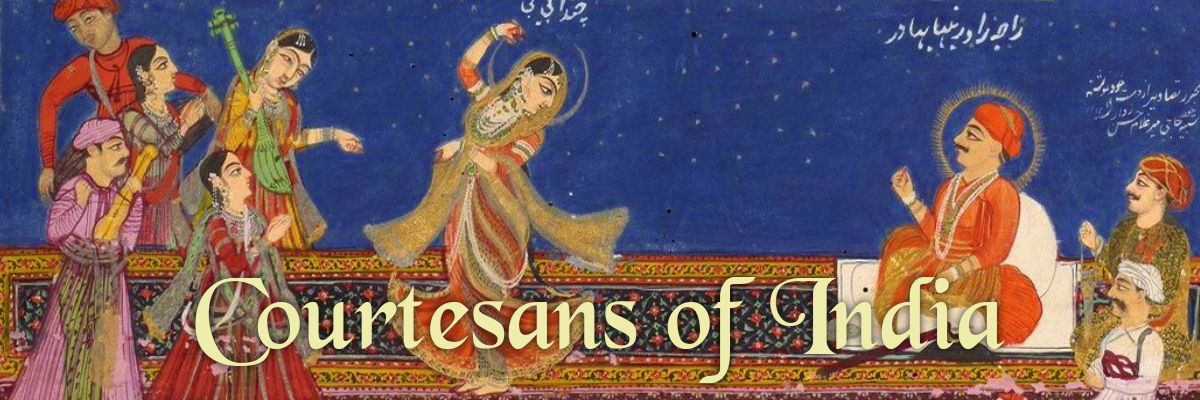This article is available as a free, open-access resource in the Rupkatha Journal on Interdisciplinary Studies in Humanities.
Abstract: Indian cultural history testifies to the intimate bond the tawaifs had for centuries with the performing arts. Be it the pre-Mughal folk culture of rural India or the highly sophisticated culture of classical music in the Mughal courts, the tawaifs had always remained at the focal point of it. However conservative social paradigm never allowed them to belong to the mainstream Indian society. Concepts of honour, chastity and occupational propriety, with which patriarchy regulates a woman’s individual choices, constrained the tawaif to inhabit a limited space, isolated and solitary, alluring, yet infamous. In the present paper, I propose to explore how thumri reflects the tawaif’s own consciousness of her contradictory status as an outcast as well as an artist, indispensable to India’s musical heritage. Through a detailed structural analysis of the genre, I would discuss how the textual world of thumri with its distinctive formal and performative peculiarities supplies the tawaif with a potentially subversive “action repertoire”, enabling the nautch-girl to voice her desperate demand for autonomy.
